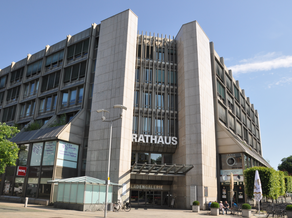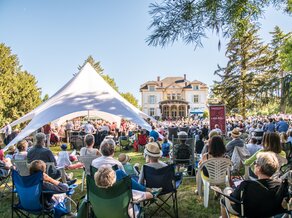Natural disasters are on the rise worldwide, and Germany is also increasingly affected by severe weather events. Local authorities are faced with the challenge of dealing with these events effectively. Various areas such as disaster control, depots, water authorities and environmental and climate protection work closely together. The use cases in these areas are bundled and jointly analyzed.
The first step is to focus on identifying suitable sensors. The second step involves integrating various data sources in order to provide meaningful and timely information for users and the respective application scenarios. The environmental sensor technology thus serves as the basis for early warning systems in order to be able to react in good time to natural disasters and extreme weather events and to ensure the safety of the city of Bad Homburg and the associated community.






